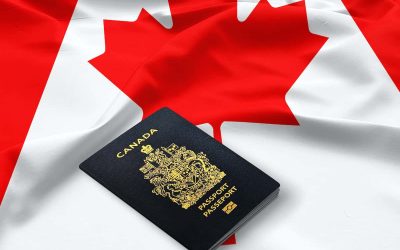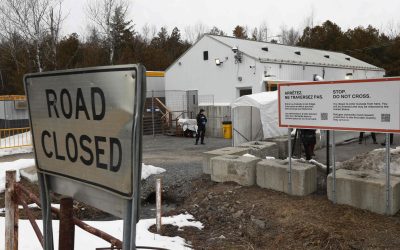As waves of immigrants from the developing world remade Canada a decade ago, the famously friendly people of Manitoba could not contain their pique.
What irked them was not the Babel of tongues, the billions spent on health care and social services, or the explosion of ethnic identities. The rub was the newcomers’ preference for “M.T.V.” — Montreal, Toronto or Vancouver — over the humble prairie province north of North Dakota, which coveted workers and population growth.
Demanding “our fair share,” Manitobans did something hard to imagine in American politics, where concern over illegal immigrants dominates public debate and states seek more power to keep them out. In Canada, which has little illegal immigration, Manitoba won new power to bring foreigners in, handpicking ethnic and occupational groups judged most likely to stay.
This experiment in designer immigration has made Winnipeg a hub of parka-clad diversity — a blue-collar town that gripes about the cold in Punjabi and Tagalog — and has defied the anti-immigrant backlash seen in much of the world.
Rancorous debates over immigration have erupted from Australia to Sweden, but there is no such thing in Canada as an anti-immigrant politician. Few nations take more immigrants per capita, and perhaps none with less fuss.
Is it the selectivity Canada shows? The services it provides? Even the Mad Cowz, a violent youth gang of African refugees, did nothing to curb local appetites for foreign workers.
“When I took this portfolio, I expected some of the backlash that’s occurred in other parts of the world,” said Jennifer Howard, Manitoba’s minister of immigration. “But I have yet to have people come up to me and say, ‘I want fewer immigrants.’ I hear, ‘How can we bring in more?’ ”
This steak-and-potatoes town now offers stocks of palm oil and pounded yams, four Filipino newspapers, a large Hindu Diwali festival, and a mandatory course on Canadian life from the grand to the granular. About 600 newcomers a month learn that the Canadian charter ensures “the right to life, liberty and security” and that employers like cover letters in Times New Roman font. (A gentle note to Filipinos: résumés with photographs, popular in Manila, are frowned on in Manitoba.)
“From the moment we touched down at the airport, it was love all the way,” said Olusegun Daodu, 34, a procurement professional who recently arrived from Nigeria to join relatives and marveled at the medical card that offers free care. “If we have any reason to go to the hospital now, we just walk in.”
“The license plates say ‘Friendly Manitoba,’ ” said his wife, Hannah.
“It’s true — really, really true,” Mr. Daodu said. “I had to ask my aunt, ‘Do they ever get angry here?’ ”
Canada has long sought immigrants to populate the world’s second largest land mass, but two developments in the 1960s shaped the modern age. One created a point system that favors the highly skilled. The other abolished provisions that screened out nonwhites. Millions of minorities followed, with Chinese, Indians and Filipinos in the lead.
Relative to its population, Canada takes more than twice as many legal immigrants as the United States. Why no hullabaloo?
With one-ninth of the United States’ population, Canada is keener for growth, and the point system helps persuade the public it is getting the newcomers it needs. The children of immigrants typically do well. The economic downturn has been mild. Plus the absence of large-scale illegal immigration removes a dominant source of the conflict in the United States.
“The big difference between Canada and the U.S is that we don’t border Mexico,” said Naomi Alboim, a former immigration official who teaches at Queens University in Ontario.
French and English from the start, Canada also has a more accommodating political culture — one that accepts more pluribus and demands less unum. That American complaint — “Why do I have to press 1 for English?” — baffles a country with a minister of multiculturalism.


